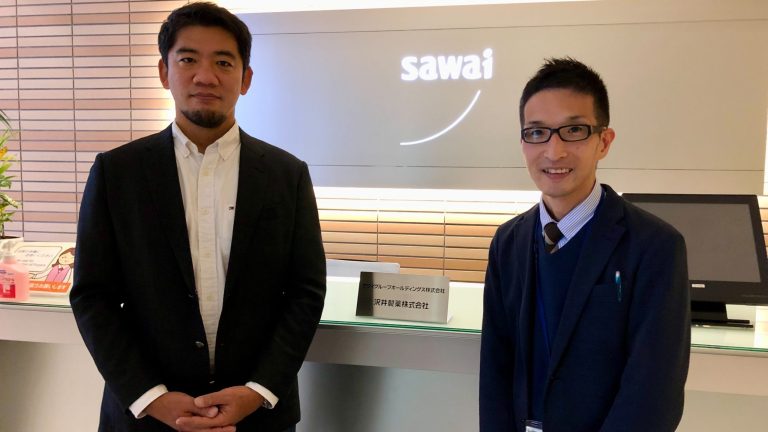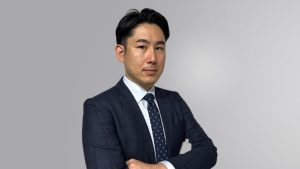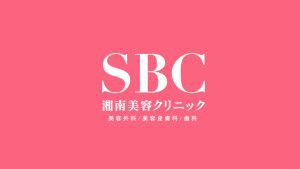Please note that the original article is in Japanese. The following is a summary of its content.
The Trigger for SEC Registration
On April 1, 2021, Sawai Pharmaceutical Co., Ltd. (Sawai Pharmaceutical), a company well-known for generic drugs, transitioned to a holding company structure by establishing SAWAI GROUP HOLDINGS Co., Ltd. as its new parent company.
This purely domestic Japanese reorganization triggered a mandatory SEC Registration. This was because Sawai Pharmaceutical’s existing shareholder base included more than 10% U.S.-resident shareholders. US securities rules require such a registration (filing a Form F-4) when a stock transfer or reorganization occurs.
Quantum Accounting served as the advisor for this Form F-4 preparation. This is an interview with Mr. Masayoshi Mizuta of the SAWAI GROUP HOLDINGS Co., Ltd. Group Finance Department, who managed the project from the company side.
The Strategic Decision for the Holding Structure
The transition to a holding company, which began discussions in 2019, presented two options:
- Option 1 (Easier): Convert the existing Sawai Pharmaceutical into the holding company and spin-off operations into a new subsidiary.
- Option 2 (Harder): Create a new parent company (SAWAI GROUP HOLDINGS Co., Ltd.) on top of the existing Sawai Pharmaceutical.
Mr. Mizuta explains that they chose Option 2, the more difficult path. The “easier” Option 1 would have required renaming all 700+ pharmaceutical product lines and package inserts, placing an unacceptable burden on the production and R&D divisions. By creating a new parent, the entire reorganization was successfully contained within the administrative divisions.
The Reality of SEC Registration: Beyond Translation
The company was unaware of the 10% U.S. shareholder rule until informed by consultants. The greatest challenge was that the SEC registration required a PCAOB-standard audit, which their auditor warned was “extremely strict.”
Mr. Mizuta notes that management initially assumed this would be a simple “translation” of their existing IFRS financial statements.
However, they quickly realized their existing disclosures for IFRS—particularly for complex areas like goodwill impairment, financial instruments, and rebates—were “vague” and would not withstand PCAOB scrutiny.
The auditor’s questions fundamentally changed. It was no longer, “Is your disclosure in line with peers?” but rather, “Do you believe this disclosure provides a sufficient explanation to investors?” This shift forced senior management to re-evaluate their entire approach to disclosure.
Benefits of the Ordeal: Accountability and Internal Alignment
The difficult process resulted in significant, lasting benefits:
- A Culture of Accountability: The team’s mindset shifted to one of “accountability.” They now analyze financial issues not just as numbers, but with a clear narrative (e.g., “why an asset is not impaired, and the plan to resolve it”), similar to how they explain medicine to patients.
- Deepened Business Understanding: To write the Form F-4 (especially the MD&A), the finance team had to interview R&D, production, and sales to understand the business (e.g., quality control, regulatory environment). This fostered new internal connections and a deeper understanding of the company.
- Improved Processes: The finance department managed the entire project with its existing staff, building on their previous IFRS conversion. After a difficult first year, their ongoing (quarterly) reporting process is now faster and more structured.
Mr. Mizuta states this experience created a “superb foundation” for handling future disclosure demands, such as ESG and climate change.
Advice for Companies Facing SEC Registration
Mr. Mizuta’s key advice for others in this position:
- It is not a translation project. It is about fulfilling your “accountability to investors” and understanding the risks of your own company to explain them clearly.
- Schedule management is critical. You must differentiate between fixed and flexible deadlines.
- Do not underestimate the difficulty. Mr. Mizuta, who previously worked at an audit firm, concluded: “I had heard SEC registration was difficult, but I had no idea it would be this difficult.”
If you wish to read the full article, please contact us via the inquiry form below.










